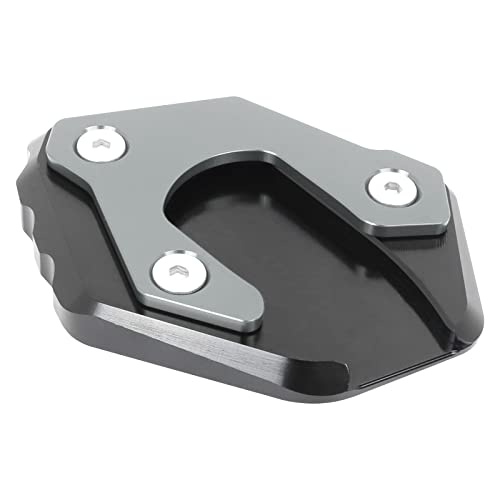drew231506
0 Posts Per Day
Just helping the thread get to 100 posts...
I've read Park's book numerous times and taken the class, and I've read Code's books and have booked the class. I too haven't been able to figure out this whole counter steer thing either. Maybe at what point to and how quickly to do it...but doing it is natural, I would think. Once you set the lean angle the bike should track on that line. I think in Code's book and class he just talks about it to prove that you cant turn a motorcycle (much) with just leaning or weight shift. He has a bike with bars that are locked he proves this theory with.
I try to use just my inside arm to do the turning but sometimes its awkward. Dunno why. The one thing that really helps me control the bike while cornering is keeping my butt towards the back of the seat so my back can support my weight which helps get most of my weight off of the handlebars.
I've read Park's book numerous times and taken the class, and I've read Code's books and have booked the class. I too haven't been able to figure out this whole counter steer thing either. Maybe at what point to and how quickly to do it...but doing it is natural, I would think. Once you set the lean angle the bike should track on that line. I think in Code's book and class he just talks about it to prove that you cant turn a motorcycle (much) with just leaning or weight shift. He has a bike with bars that are locked he proves this theory with.
I try to use just my inside arm to do the turning but sometimes its awkward. Dunno why. The one thing that really helps me control the bike while cornering is keeping my butt towards the back of the seat so my back can support my weight which helps get most of my weight off of the handlebars.
Last edited by a moderator:




















































